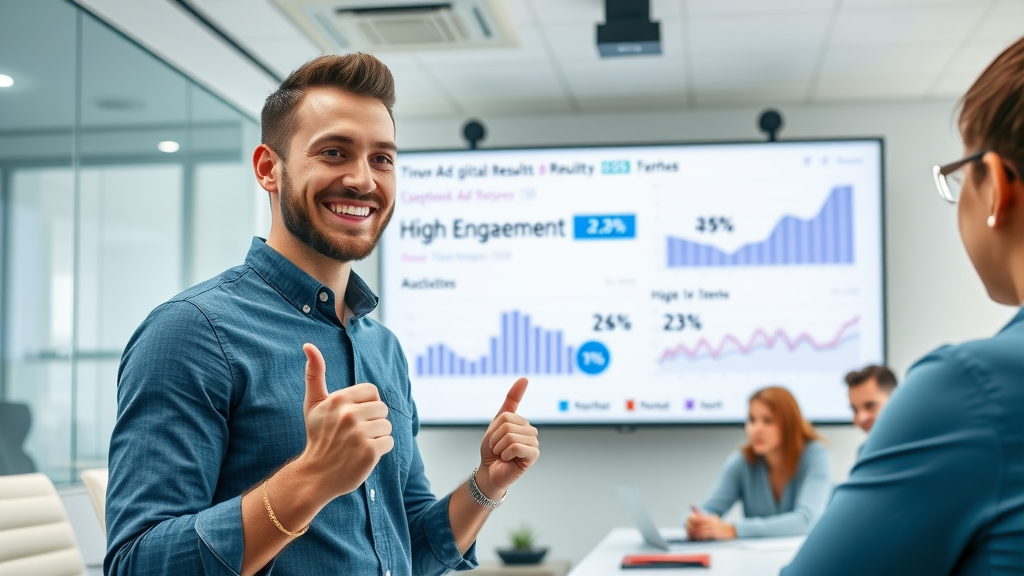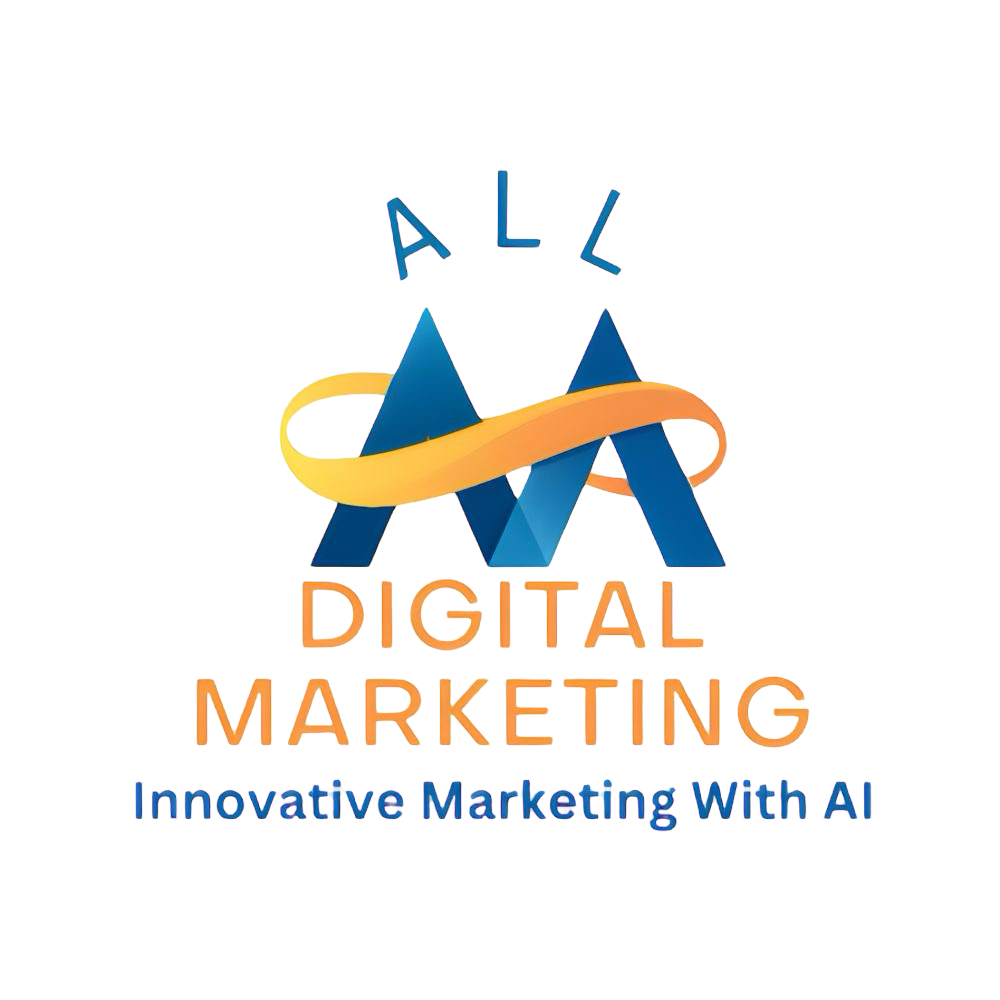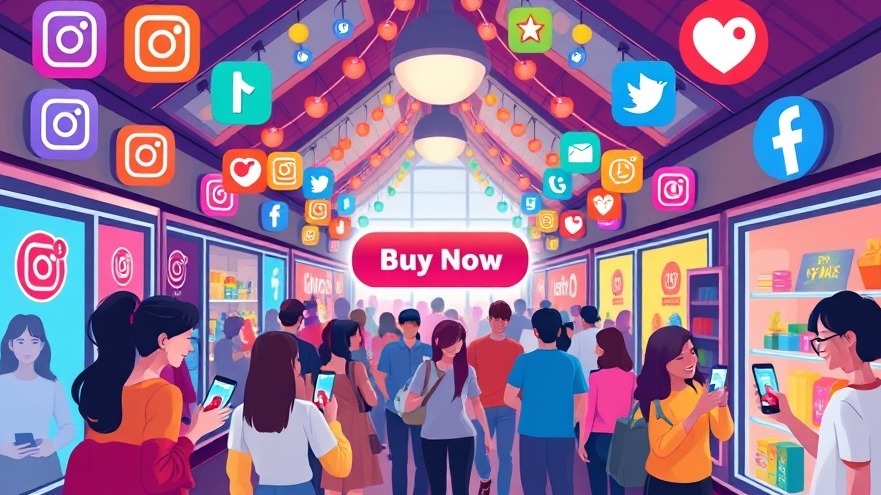Did you know that Meta ads with higher social proof—thousands of likes, comments, and shares—can significantly reduce your advertising costs by lowering CPMs and improving campaign performance? This startling insight is reshaping how marketers approach Meta ad campaigns and Facebook ads, highlighting why engagement rates and social proof matter more than ever for ad performance.
In this comprehensive article, we dive deep into the latest Meta ad engagement trends and the groundbreaking features introduced by Meta to turbocharge your ad campaign performance. Backed by expert insights from Alvaro Berrios of Alvaro Berrios Digital , you’ll discover why social proof is the new currency of advertising success and how you can leverage Meta’s newest tools to boost engagement faster and more efficiently.
Startling Facts About Meta Ad Engagement Trends and Their Impact on Campaign Performance

The digital advertising landscape is evolving rapidly, and Meta ad engagement trends are at the forefront of this transformation. Marketers have long understood the power of social proof—likes, comments, and shares—but recent data reveals just how pivotal these engagements are in making campaigns truly successful. Ads with robust engagement don't just capture eyeballs; they directly influence the advertising algorithm, which rewards highly engaged content by lowering the cost per thousand impressions (CPM).
This effect translates into cheaper leads, more conversions, and ultimately higher return on ad spend (ROAS). As Alvaro Berrios explains, "Engagement likes, comments, and shares, particularly comments, act as jet fuel for your campaign, igniting better results and lowering CPMs." Understanding these dynamic trends prepares advertisers to optimize campaigns with renewed focus on authentic engagement, crucial for sustaining a competitive edge on Meta platforms.
Why Social Proof Matters in Meta Ads and Facebook Ad Campaigns
Social proof is more than just a vanity metric; it functions as a powerful psychological trigger that influences user behavior. When someone scrolls through their Facebook feed and encounters an ad boasting hundreds or thousands of positive interactions, their trust and interest instantly rise. This social validation signals quality and relevance, prompting users to stop, engage, and consider the advertised product or service.
From a campaign performance perspective, comments and shares are particularly valuable because they increase an ad’s organic reach and signal to Meta’s algorithm that the content resonates with the audience. This engagement can drive costs down and improve overall campaign efficiency, making social proof an indispensable aspect of successful Meta ad engagement trends .
According to the expert from the transcript, "Engagement likes, comments, and shares, particularly comments, act as jet fuel for your campaign, igniting better results and lowering CPMs."
Understanding Engagement Rate and Engagement Trends in Meta Ads
The engagement rate is a key metric measuring how users interact with your ad relative to its impressions. It includes all types of engagements: likes, comments, shares, clicks, and video views. Tracking engagement trends over time helps marketers identify which ads and creatives are resonating and generating meaningful interactions.
Meta’s evolving engagement metrics now emphasize the quality of engagement more than sheer quantity, focusing on meaningful interactions that boost Facebook ad conversion rates and overall campaign performance. For example, comments are weighted more heavily as they indicate active user interest and discussion. Monitoring these trends allows advertisers to refine campaigns by doubling down on high-engagement content and eliminating underperforming ads, a strategy that aligns well with new Meta ad engagement enhancements.
Traditional Strategies for Boosting Engagement Rates in Facebook Ads

Historically, marketers have deployed several strategies to increase engagements, primarily focusing on creating campaigns optimized for the “Engagement” objective. This approach encourages Facebook to deliver ads to users most likely to interact through likes, shares, or comments.
While this method generates engagement, it does not selectively attract the most impactful forms—like comments—essential for visible social proof. Moreover, it often results in mixed engagement types, including video views or clicks that don’t visibly contribute to social proof on the ad. This limitation has prompted the search for newer, more effective solutions to enhance real-time social proof accumulation.
Using Engagement Objective Campaigns to Increase Comments and Likes
The "engagement objective" campaigns on Meta platforms target users likely to react or interact with ads, but as Alvaro Berrios points out, "When you optimize for engagements, you get all types of engagement, not just comments, so there’s no guarantee of visible social proof like comments on your ads."
These campaigns have been popular for quickly generating likes and shares, but their results can be underwhelming for advertisers specifically seeking the credible impact comments provide. Consequently, relying solely on these campaigns can slow down the accumulation of meaningful social proof important for campaign success.
Limitations of Previous Meta Ad Engagement Methods
Despite generating large engagement numbers, traditional engagement campaigns suffer from the drawback that many engagements are invisible or less impactful on future ad performance. For example, video views count as engagement but don't display as social proof the way comments and likes do, leaving ads visually barren of validation.
This creates a disconnect between reported engagement volume and what consumers actually see, limiting the psychological influence of social proof. Advertisers must therefore resort to extra campaign tactics or more extended campaign durations to organically build the trustworthy, visible engagement that drives lower CPMs and better results.
Introducing Meta’s New Feature to Enhance Meta Ad Engagement Trends
How the New Social Information Setting Combines Likes and Reactions Across Similar Ads
Meta recently launched an innovative feature that significantly improves how advertisers accumulate likes, comments, and shares by combining social information across multiple similar ads.
This new setting, called "Social Information," enables Meta to aggregate likes and reactions from several campaigns running similar ad text and images, accelerating social proof accumulation and enhancing Facebook ad engagement trends. This means that social proof is pooled together across similar ads, resulting in faster growth of visible comments and likes on individual ads. The result is a more robust and influential appearance of engagement that benefits different campaigns simultaneously.
Alvaro Berrios elucidates, "This is really neat because it helps small businesses which usually struggle the most when it comes to building up engagement. It doesn't cost extra and can save money by lowering CPMs."
Step-by-Step Guide: Enabling the New Meta Ad Engagement Feature in Your Ad Account
Enabling this game-changing feature is straightforward but often overlooked:
-
Log into your Meta Ads Manager account.
-
Click on the hamburger menu in the top navigation and select Advertising Settings.
-
Within settings, locate the section titled Social Information.
-
Enable the option Combine likes and reactions for similar ads.
-
Save your settings. Meta will now automatically pool engagements across your similar campaigns.
If you do not see this option yet, don’t worry—it is progressively rolling out and will be available in all ad accounts within the next 30–60 days.

Expert Insights on How This Feature Benefits Campaign Performance and Engagement Rates

Impact on Small Businesses and Faster Accumulation of Social Proof
Small businesses often face challenges building engagement quickly due to limited budgets and reach, but leveraging Meta ads with pooled social proof and AI tools can significantly improve their campaign performance and conversion rates. This new pooling feature is a breakthrough, allowing them to leverage multiple campaigns collectively rather than isolating social proof within single ads or campaigns. The faster accumulation of likes, comments, and shares increases ad credibility and trustworthiness, which enhances click-through and conversion rates.
Alvaro Berrios notes, "This feature is especially helpful for small businesses struggling to build engagement, and it can save money by lowering CPMs through increased social proof."
Potential Challenges and What Marketers Should Expect
While promising, advertisers should anticipate some nuances. Since social proof is aggregated across similar ads, pinpointing which exact campaign generated a particular comment or like may become difficult, potentially complicating granular performance analysis. Further, this feature favors campaigns with very similar ad copy and creative, so marketers should maintain consistent messaging where appropriate to maximize benefits.
Despite these considerations, the overall advantages—increased engagement visibility and improved campaign efficiency—vastly outweigh the minor tracking challenges. Marketers are advised to monitor performance carefully and adjust their strategies to benefit fully from this enhancement.
Comparing Meta Ad Engagement Trends with Other Social Media Advertising Strategies

Engagement Rates and Conversion Rates: Meta Ads vs. Other Platforms
Compared to other social media advertising platforms such as Instagram, TikTok, and LinkedIn, Meta ads still remain a leader in leveraging direct social proof through visible ad engagements and superior ad performance. Meta’s new engagement pooling capability further strengthens its competitive advantage by enabling campaigns to quickly showcase substantial social validation that other platforms may not currently support.
Moreover, Meta’s sophisticated ad delivery system tends to optimize conversion rates more efficiently thanks to extensive user data integration, and these Meta ad engagement trends reinforce that by making social proof an actionable lever for performance optimization.
Role of Influencer Marketing and AI Tools in Enhancing Facebook Ads

Influencer marketing combined with AI tools and AI-driven analytics is transforming Facebook advertising campaigns by enhancing engagement trends and maximizing conversion rates. Influencers generate authentic engagement, which further fuels social proof. AI tools help identify high-performing creatives, predict audience responses, and optimize budgets in real-time—ensuring your Meta ads maximize engagement and conversion potential efficiently.
The intersection of these strategies with Meta’s new social information feature positions advertisers at the forefront of digital marketing sophistication, setting new benchmarks for campaign success through integrated engagement optimization.
Common Questions About Meta Ad Engagement Trends

What is the Engagement Rate in Meta Ads?
The engagement rate in Meta ads refers to the percentage of users who interact with an ad compared to the total number of people who see the ad. It includes likes, comments, shares, clicks, and video views. A higher engagement rate typically signals that your content resonates well with your target audience, improving campaign effectiveness.
What is the Future of Meta Ads?
The future of Meta ads points towards increasing automation, deeper integration of AI tools, and enhanced engagement features like the new social information setting, all designed to improve engagement rates and reduce cost per click. Advertisers can expect more tools enabling faster social proof accumulation, smarter targeting, and better real-time optimization, driving even greater ROAS and lower CPMs in the years ahead.
Are Meta Ads Worth It in 2025?
Absolutely. Meta ads continue to offer some of the most cost-effective, scalable, and versatile social media advertising opportunities available, making them essential for businesses aiming to boost conversion rates and campaign performance. With ongoing enhancements such as social proof pooling, Meta's platforms remain essential for businesses seeking measurable growth through social media marketing.
How to See Engagement on Facebook Ads?
Engagement on Facebook ads can be monitored within Meta Ads Manager through detailed metrics and breakdowns, helping advertisers track key performance indicators such as engagement rate, conversion rate, and cost per click. Advertisers can view likes, comments, shares, and other interactions per ad. The recent feature combining social information across similar ads further amplifies visible engagement on your campaigns.
What You'll Learn: Key Takeaways on Meta Ad Engagement Trends and Campaign Performance
|
|
|
Comparison of Traditional Engagement Strategies vs. New Meta Social Information Feature |
|
Metric |
Traditional Engagement Campaigns |
New Meta Social Information Feature |
|---|---|---|
|
Engagement Rate |
Varies, includes all engagement types, often low comment visibility |
Higher effective engagement with pooled likes and comments visible across campaigns |
|
CPM (Cost per Thousand Impressions) |
Moderate, can remain high due to dispersed engagement types |
Lower CPMs due to enhanced social proof signaling algorithm |
|
Comment Visibility |
Limited, not guaranteed in engagement objective campaigns |
Increased, comments and likes pooled for stronger social proof effect |
|
Campaign Cost Efficiency |
Lower efficiency, slower social proof accumulation |
Improved efficiency, faster social proof build-up across similar ads |
Conclusion: Embracing Meta’s Latest Campaign Enhancements for Better Ad Performance

Meta’s introduction of the social information setting marks a pivotal advancement in the way advertisers accumulate and leverage engagement as social proof. This enhancement empowers businesses—especially small and medium enterprises—to build campaign momentum faster and reduce overall advertising costs. The resultant better performance, amplified credibility, and organic growth opportunities cannot be overstated.
As Alvaro Berrios of Alvaro Berrios Digital concludes, "Enabling this new feature is a no-cost way to accelerate social proof accumulation, reduce costs, and ultimately improve your campaign’s success on Meta platforms." Advertisers who adopt this tool early position themselves to maximize the future of digital advertising and unlock greater ROI from their Meta campaigns.
Frequently Asked Questions
What is the engagement rate in Meta ads?
The engagement rate measures the percentage of users interacting with your ad, encompassing likes, comments, shares, clicks, and video views relative to impressions.
What is the future of Meta ads?
Meta ads will become more automated, AI-driven, and engagement-focused, integrating new features like social information pooling to optimize campaign results.
Are Meta ads worth it in 2025?
Yes, due to constant platform enhancements and highly targeted ad delivery, Meta ads remain a top choice for cost-effective and scalable advertising.
How to see engagement on Facebook ads?
You can track engagement easily in Meta Ads Manager where detailed metrics for likes, comments, shares, and other interactions are provided per campaign and ad.
Next Step
Call us at 207-710-1449 for all your marketing needs. Let our team at Digital Marketing All get your business more visibility with expert Meta ad campaign management.
 Add Row
Add Row  Add
Add 








Write A Comment